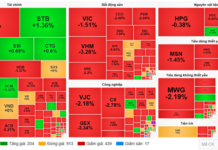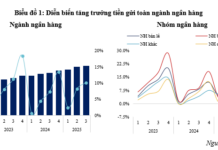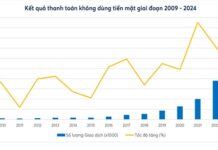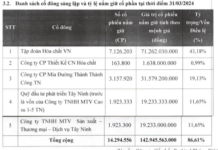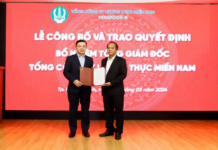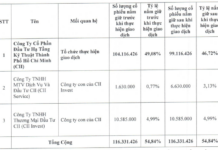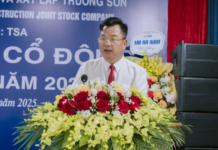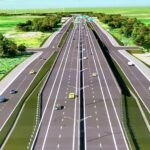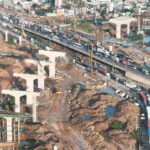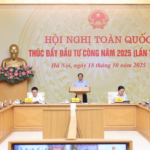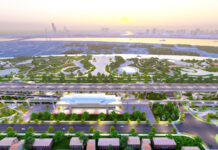On October 24th, the Da Nang People’s Committee hosted a seminar titled “Building Da Nang’s Urban Rail System: Vision, Challenges, and Sustainable Solutions.”
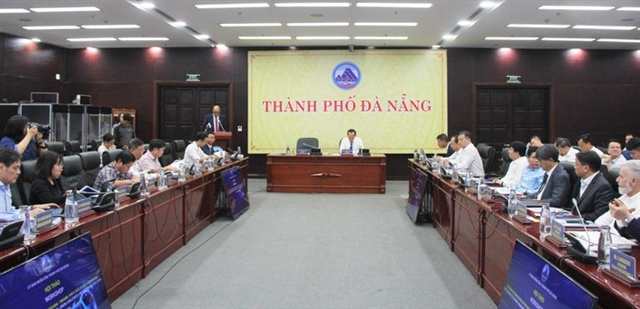
Numerous experts contributed insights at the Da Nang Urban Rail System Development Seminar. |
Speaking at the seminar, Vice Chairman of the Da Nang People’s Committee Le Quang Nam highlighted that the merger of Da Nang and Quang Nam provinces opens up vast development opportunities in urban planning, tourism, and logistics. However, alongside these opportunities, the city faces mounting traffic pressures and increasing mobility demands, necessitating a breakthrough in developing modern, environmentally friendly public transportation infrastructure.
According to Mr. Nam, Da Nang aims to position its urban rail system as the backbone of a smart transportation network, connecting the city center with Hue, Quang Ngai, and other Central Highlands provinces to form a regional urban chain. This system will seamlessly integrate with BRT, electric buses, bike-sharing schemes, and major transportation hubs, ensuring that every urban area is within 500 meters of a metro station.
“The principle is to ensure that every urban point is no more than 500 meters from a metro station, and no more than 2 kilometers in suburban areas. Transfer times between transportation modes should not exceed 5 minutes,” Mr. Nam stated.
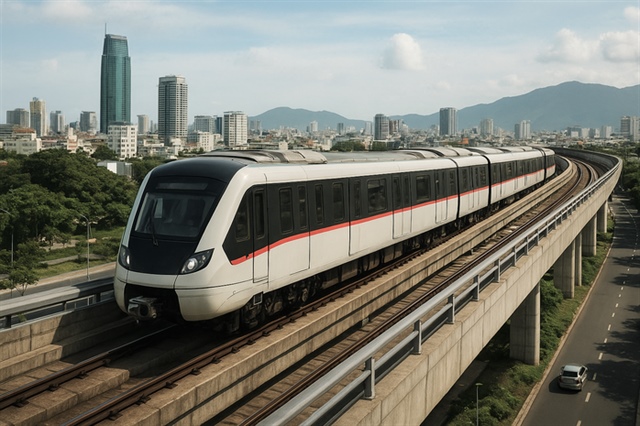
Numerous experts contributed insights at the Da Nang Urban Rail System Development Seminar. |
Deputy Director of the Department of Construction Luong Thach Vy outlined the master plan, which includes 16 urban rail lines totaling over 204 kilometers in length, divided into two investment phases spanning from now until 2045.
Among these, two priority projects are the Da Nang – Hoi An – Tam Ky – Chu Lai line and the line connecting the high-speed rail station with the city center.
Da Nang plans to mobilize three funding sources: public investment, ODA, and private capital, with a focus on attracting private investment through PPP models and developing urban areas following the TOD (Transit-Oriented Development) approach, centered around public transportation.
Contributing to the seminar, a representative from Shenzhen’s rail system (China) opined that Da Nang’s planning aligns with current trends but suggested optimizing the network in the southern region and maintaining a transportation land ratio of 23-26%, with public transportation accounting for 10-25%.
The expert also emphasized that to achieve sustainable integrated transportation development, Da Nang should establish a multi-layered, multi-model rail network, closely integrated with land-use planning. The development of Da Nang’s urban rail system also requires central government support in terms of mechanisms and special policies, similar to those for Hanoi and Ho Chi Minh City.
HAI DINH
– 14:35 24/10/2025
$5 Billion Highway Expansion: Saigon Bridge to Tan Van Interchange Set to Widen to 16 Lanes
The Hanoi Highway Expansion Project spans a total length of 15.7 km, extending from Saigon Bridge to the Tan Van Interchange. The expansion is designed to accommodate 12 to 16 lanes, with a total investment of nearly 5 trillion VND.
Central Government Urged to Allocate $36 Million for Erosion Control in Dong Thap
During a meeting with Deputy Prime Minister Mai Văn Chính, the People’s Committee of Đồng Tháp Province requested the Government to consider and provide approximately 830 billion VND in support for urgent measures to address two critically severe landslide areas along the Tiền River, located in Thường Phước Commune and Cao Lãnh Ward.
Exciting News from Ha Tinh, Ninh Binh, and Hai Phong
Models from Ha Tinh, Ninh Binh, and Hai Phong demonstrate that public investment capital disbursement is not merely a financial issue but a complex equation of governance, coordination, discipline, and innovation.


